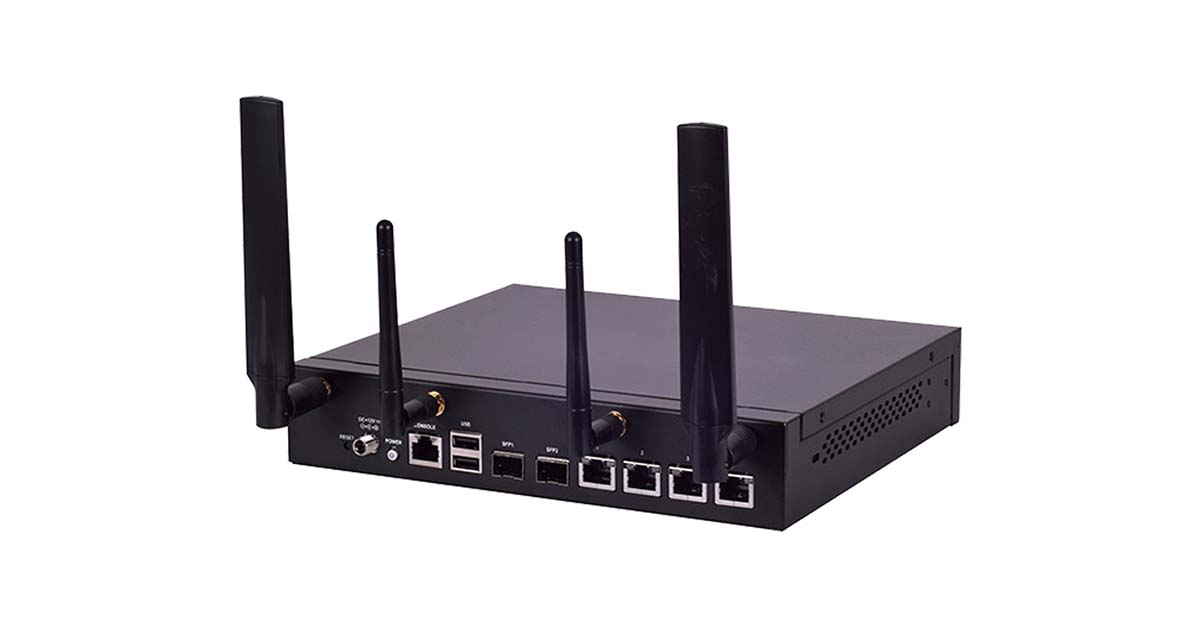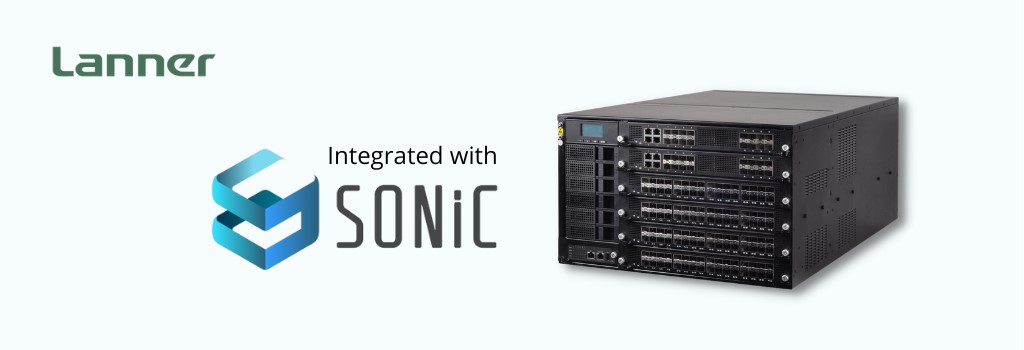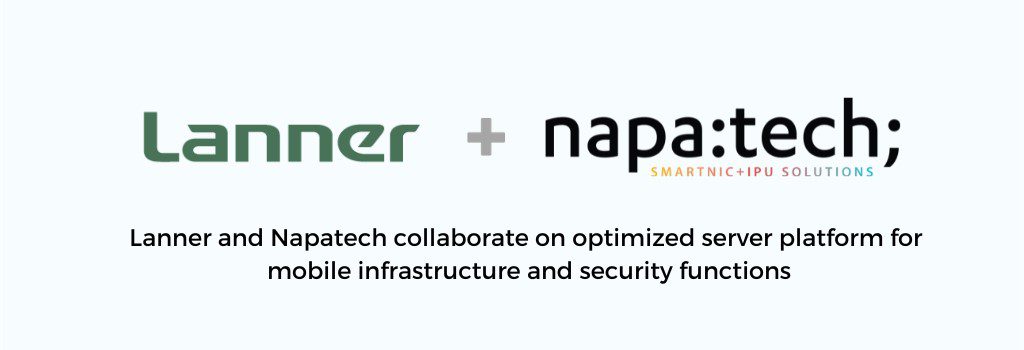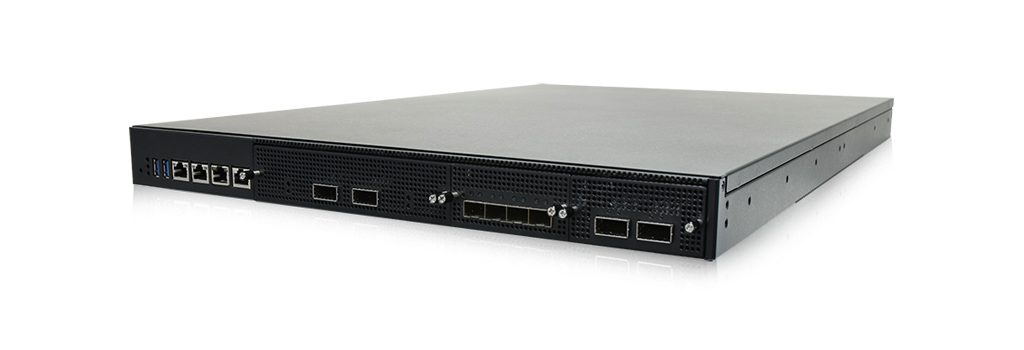So, you finally decided to go for a white-box solution.
This is a good decision.
White box networking has become very popular of late because of the promise of disaggregation, software innovation, and vendor independence.
But you need to know a few important things before buying a white-box solution.
This article will serve as a guide for the most important things to consider so you can avoid the pitfalls that may happen when buying a white-box solution.
While primarily targeted at the end-user of the white box, the wisdom will equally apply to the vendors who want to buy a white box for integrating with their software applications.
So, what is a white box?
A white box switch is a standard hardware switch that comes with no operating system loaded. It is characterized by the use of commodity hardware components such as commodity chipsets (ASICs) (for example, intel, Broadcom, etc). However, it is flexible enough to run any choice of NOS (network operating system).
Application or NOS vendors will buy them in bulk, package them with their own firmware/ software and sell them with their own brand names. In contrast, the traditional switch (proprietary switch) has proprietary ASICs and comes with purpose-built hardware.
A white box benefits everyone:
- The hardware vendor, as it can focus on the hardware development and manufacturing without worrying about the associated firmware/software development and integration, thus can produce newer models in bulk and quickly.
- For the software vendor, can speed up the software development without depending on the hardware and its roadmap.
- And of course, the end-user, as it can enjoy the disaggregated platform; no dependency on a single vendor (avoids vendor lock-in) at potentially lower costs of procurement
Sounds win-win, isn’t it?
However, it is not as easy as it sounds. Given the different white box solutions in the market, it is good to know a few things before buying a networking switch based on a white box.
We break it down into a few points.
Tip 1: Know your use case first! Not all white boxes are the same.
While it sounds so obvious, It is surprising how many customers can go wrong here.
There are a lot of use cases for the white box: data centers, on customer premises, in edge cloud, or to replace the PE routers or core routers, to name a few.
The clarity on the use case will result in procuring the right platform for the right application
For example
- Given the availability of small space and power in edge data centers, the edge will need smarter platforms yet capable of supporting multiple applications thus running on edge (RAN, Core, IoT, etc). Here a chassis-based All-in-One platform that offers a choice of a range of modules will work best. A powerful compute (CPU) blade to run multiple VNFs will be as important as a powerful switch ASIC that can process data packets quickly, given the throughput demands.
- A white box positioned for RAN applications (Fronthaul, Backhaul) must support the 1588 PTP feature for mobile synchronization needs.
- Centralized data centers where the white box is positioned as leaf and spine switch, will have high throughput requirements instead of a demand for features. Thus, a requirement to support scalability and high capacity I/O interfaces is recommended here.
- A white box for SD-WAN at the customer site is more of a point solution (box-based instead of chassis-based). Here, it would be important to look for the breadth of the models. A small model with no redundancy for small branch offices and medium/large models with redundancy for compute/power modules are recommended for bigger branches. It will be important to have a choice of 4G/5G modem in the box as the SD-WAN needs to communicate through multiple underlay.
As you can see here, a difference in use case dictates a different white box in each use case.
Advice: Know your application as this will translate into size, extensibility, features, and the redundancy needed in the white box
Tip 2: Think about the integration of computing and networking for an All-in-One white box platform
The lines between switching and computing are blurring.
It is important to take advantage of this integration, as this can result in having new and innovative features in a white box without scaling both the compute and networking blade.
The traditional white box provides fixed-function switch ASICs such as Broadcom. The next-generation platforms provide a choice of both fixed-function ASICs as well as programmable switch ASICs, such as intel Tofino ASICs.
Why are programmable ASICs important?
The programmability of the networking hardware opens innovative use cases beyond traditional networking capabilities.
Today the service providers do not need to depend on the compute nodes to provide functions such as Inline telemetry (INT), stateful firewall and 5G UPF offload on edge site as the switch layer can provide such functions thanks to programmable ASICs.
Thus, a service provider can introduce new functions in the edge white box without scaling its compute function.
Advice: Go with an All-in-One White box for an edge that can provide programmable networking ASICs to have innovative new functions beyond traditional networking
Tip 3: Go with the “solution approach” instead of becoming a “self-integrator”.
Last but not the least, go with the solution approach if you are a service provider.
We can not emphasize this enough.
A white box should be bought as a solution and not treated as a box.
White box requires the integration of software and will require maintenance as traditional boxes do. There may be a need for software upgrades in such disaggregated platforms. Integrating the software of one vendor with the hardware of another vendor requires a skillset and good know-how. Which may not be available with all service providers and can increase operating costs.
However, the good news is that today the software vendors provide a total solution, including their applications as well the hardware they sell to the service providers. We call it a solution approach instead of a box approach.
This eliminates any risk the customer may have; the software vendor can act as a prime contact for both hardware and software. Thus, the service provider can have peace of mind that he is getting a well-supported system without him getting involved in system integration.
Tip 3: Go with the solution approach to reduce operational risks.
About Lanner’s Whitebox Solutions
Lanner Whitebox™ is a leading manufacturer of white box platforms. It provides a range of white box solutions and UCPEs for different applications like Open RAN, MEC, NFV, SDN, network orchestration, and S-WAN. Through its partners, Lanners provides a total solution integrated with the partner’s software stack for different applications ready for deployment.








